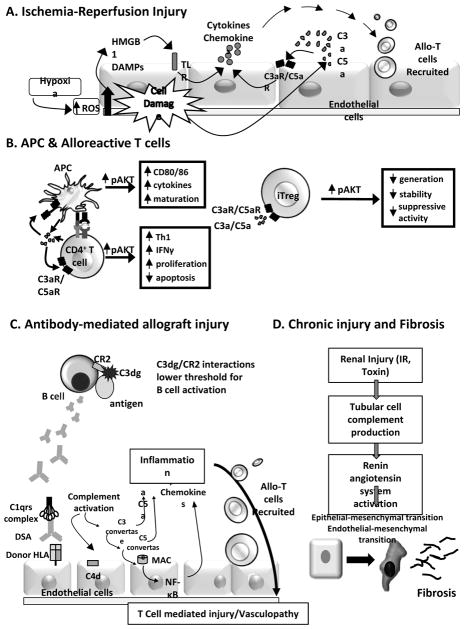Figure 2. Mechanisms through which complement mediates transplant injury.
A) Ischemia-Reperfusion Injury. Following reperfusion the generation of reactive oxygen species (ROS) is associated with graft-derived complement production and local activation as well as directly causing endothelial damage and release of damage-associated molecular patterns (DAMPs, e.g. HMGB1). Subsequent Toll-like receptor (TLR) signaling synergizes with and amplifies complement activation yeilding C3a and C5a. These anaphylatoxins signal through their receptors on endothelial cells (among other targets) inducing chemokine release and facilitating T cell infiltration into the allograft. B) APC & Alloreactive T cells. Cognate interactions between APCs and T cells yield immune cell complement production which activates through the alternative pathway to yield C3a and C5a. The anaphylatoxins bind to their receptors on both partners to induce APC maturation, and effector T cell proliferation/expansion, survival, and differentiation. The same signals inhibit generation, stability, and function of Treg. C) Antibody-mediated allograft injury. Alloantigen-bound C3dg (a C3b cleavage product) binds to B cell-expressed complement receptor 2 (CD21) to facilitate antigen presentation to lowers the threshold for B cell activation. Donor specific antibodies that bind to endothelial cells initiate the classical pathway activation, leading to complement deposition/activation, local C3a/C5a production and MAC formation. The latter results in non-canonical NF-κB signaling that initiates a proinflammatory gene program, enhancing recruitment of allreactive T cells and development of vasculopathy. D) Chronic graft injury and fibrosis. Intra-graft complement production/activation to activation of the renin-angiotensin system and epithelial-to-mesenchymal transition. C3a/C5a produced by endothelial cells induce endothelial-to-mesenchymal transition and renal firbrosis.

